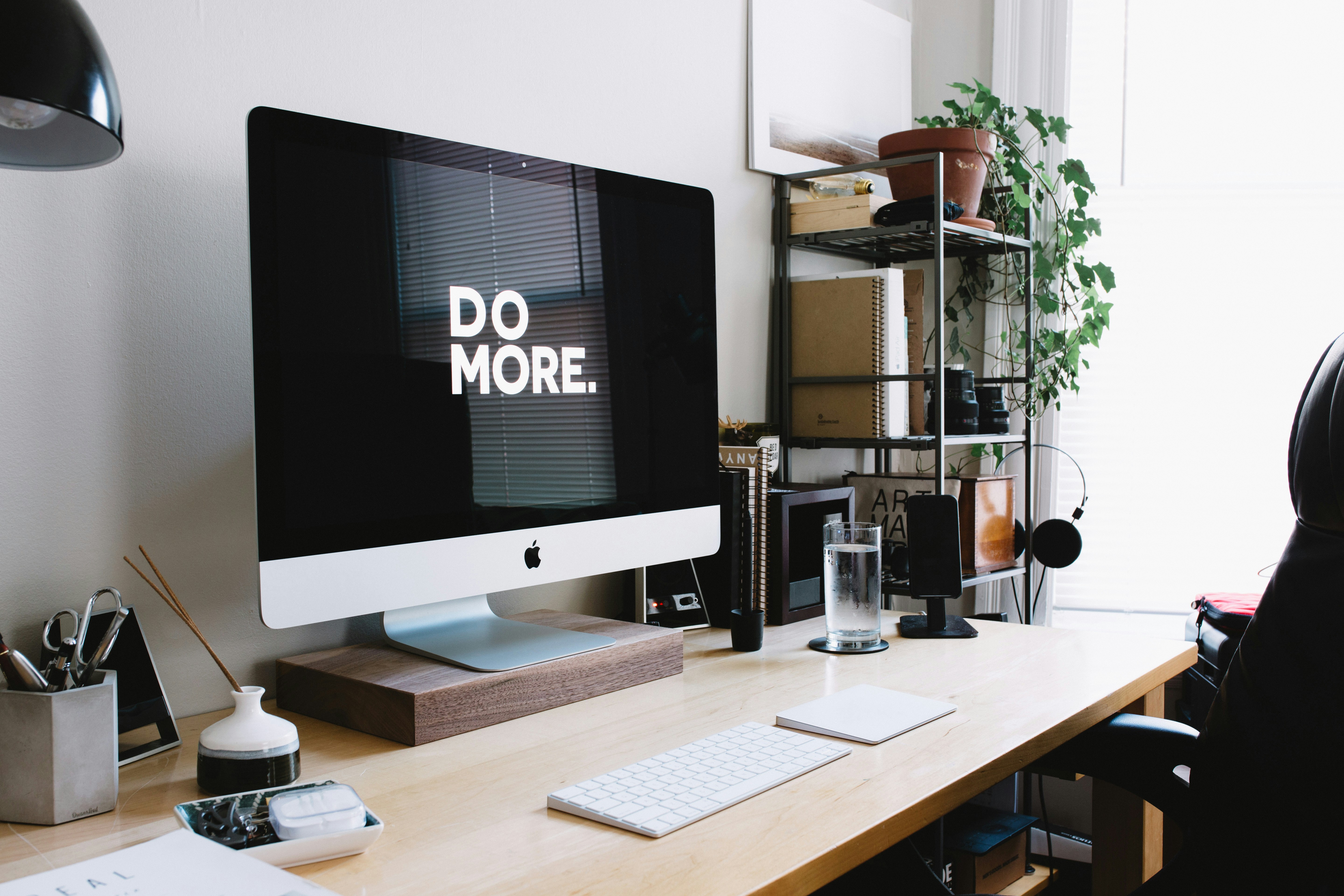Pros and cons. In which cases copying is justified, in which cases it is categorically undesirable. What to consider and how to use the experience of large companies to create your own product.
When a novice web designer gains experience and learns to create good interfaces, we often recommend trying to replicate someone else's good design. This helps to develop taste, improve tooling skills, consider details and learn how to incorporate them into the design.
And in general, such practice helps you grow faster professionally. You start to understand subtleties, see patterns, notice good solutions that you can use later.
But the question is whether it is worth repeating the designs of famous sites not for educational purposes, but for work?
Now we are not talking about plagiarism - it is certainly not what we need.
In general, there is a thought that if something works for the giants of the industry, it will probably be appropriate for your project. There is logic in it, but far from always copying an already proven solution will help to make a new good product.

Why you should
In the world of web design, there is an ongoing debate about how ethical and effective it is to copy the design of famous websites. And while copying content directly is a bad practice, utilizing some common design elements can be very worthwhile.
Familiar solutions
The vote in favor of copying certain patterns, elements, and navigation is simply because people already know how it works. And they will expect the same features from a new similar product.
There are already hundreds and even thousands of applications for online ticket search, accommodation booking, photo stocks, online stores, delivery services. And they all have something in common. First of all, because someone has already copied details from the first or the most popular resource in their niche. And secondly, because some elements are already time-tested and are the most convenient. So why would you give up on them if you need to give your user an equally practical solution?
Improving the user experience
Famous websites have gone through many iterations of user experience design and testing. So borrowing elements such as easy navigation or intuitive interfaces can greatly improve the user experience on your new site. There's no need to reinvent the wheel if it's already been done for you.
Trust and authority
Using design elements that are familiar to users thanks to well-known sites can help establish trust and increase the authority of your product. For example, using standard interface elements, such as a logo on the top left or a navigation menu at the top of the page, can make the site simpler and more user-friendly.
Keeping up with trends
Well-known websites often set trends in design. Therefore, using some elements that are popular and relevant at the moment can help your site look modern and appealing to your audience.
Instagram Stories came first and TikTok viralized, and then Reels and YouTube Shorts were added. Not because they're all plagiarizing. It's because the audience needs it.

Why it is better not to copy
There are several reasons that can be highlighted here too.
The risk of putting yourself in a frame
Copying successful websites can limit your ability to innovate and be creative. Instead of standing out in the market, your site may lose its uniqueness and appeal to visitors.
Loss of individuality
From this comes the second point - lack of individuality. Your website should reflect the personality and unique values of the brand or company. Copying the design or content of other websites too blatantly can lead to a loss of uniqueness and brand identity in the online space.
Risk of legal issues
Copying design or content can lead to infringement of other companies' copyrights or trademarks, possibly leading to legal problems and fines. It's one thing to implement a common standard, but it's quite another to plagiarize unique solutions that are unique to one brand.
Lack of customization
Successful websites have been designed to meet the unique needs, work patterns, and goals of business owners. Are you sure they match your customer's needs and way of doing business? Not all solutions will be the right fit for a particular business without the necessary changes and modifications.
Loss of trust and credibility
Visitors can refuse to trust the brand if they notice the similarity of the site with other successful resources. You can't give away a product that makes you think "oh, it's a knock off of that big firm!". This can lead to a loss of customers and a decrease in the company's credibility.
While copying successful websites may seem like an easy and quick way to build your website, this solution is not optimal for long-term success. Instead, focus on creating a unique solution that reflects the brand's unique values and needs. Only take what will truly be relevant. Redesign in your own way with real-world benefits in mind, not just for the sake of not plagiarizing.

A couple of tips
Keep an eye on trends - sometimes fairly promoted sites can be outdated. They are in demand because of reputation and simply because people are used to them. But that doesn't mean the design is good.
Right here we have a selection of resources where really good sites are published. Take an example from them and adapt your design.
You can also implement something completely new - then your product will be more modern even in comparison with the giants. In a separate article we wrote about the main trends in UX/UI.
It is also always important to consider the demands of your target audience and regional cultural peculiarities. You may be able to make a more user-friendly product for a narrow niche than global sites that try to please everyone.

So how to proceed?
Building a business website or app is an important step in a company's digital strategy. Many entrepreneurs and web developers often look for inspiration in the successful websites of their competitors or industry leaders. And this is the right approach, because you need to know to the smallest detail your rivals and the generally accepted standards of the field of activity.
However, copying the design or functionality of successful sites can have negative consequences and is not a guarantee of success. First of all, you need to think about what value a particular feature brings to the end user.
Let's take Amazon and AliExpress as an example. Everyone has heard of them. They are some of the largest trading platforms in the world. But copying them is not recommended, even though the success of these sites is obvious.
Yes, these sites are huge in terms of traffic and user base. But usability tests show that in comparison with their analogs, both sites show not the best results - they are considered complex, not quite understandable and too overloaded.
People buy goods here not because of a cool interface. But because there are low prices, incredible choice, there is trust of millions of users and favorable conditions.
A familiar site and a powerful brand compensate for the shortcomings of these sites. And therefore, when repeating elements of design and navigation less known brand is doomed to failure - he has nothing to cover these trump cards.

Thoughtless copying of even the coolest site is always a bad idea. Because you do not know for what reason the brand had to use exactly those elements.
So.
Don't repeat the entire design, just the important elements.
Don't plagiarize.
Don't take something for nothing - you need to have a reason for it.
Use the experience of popular sites, but adapt it to the needs of your project. And you will be happy. And we will teach you how to understand what exactly is worth using and what is not at the online course "UX/UI Legend". Join us!
